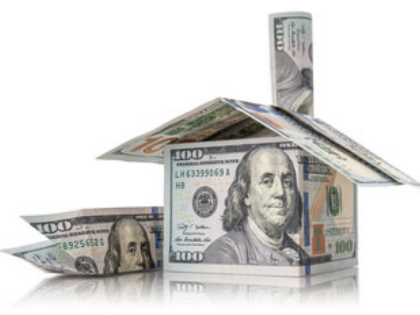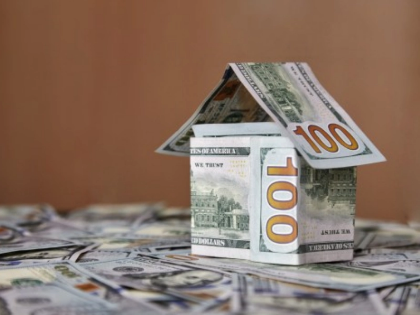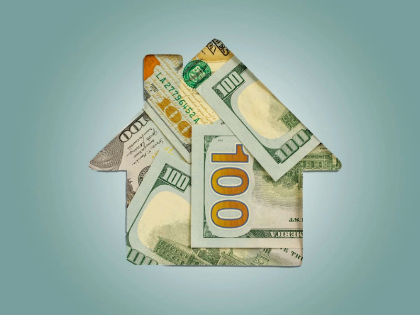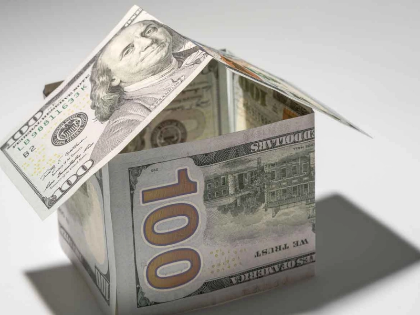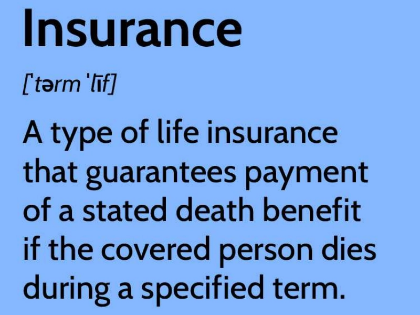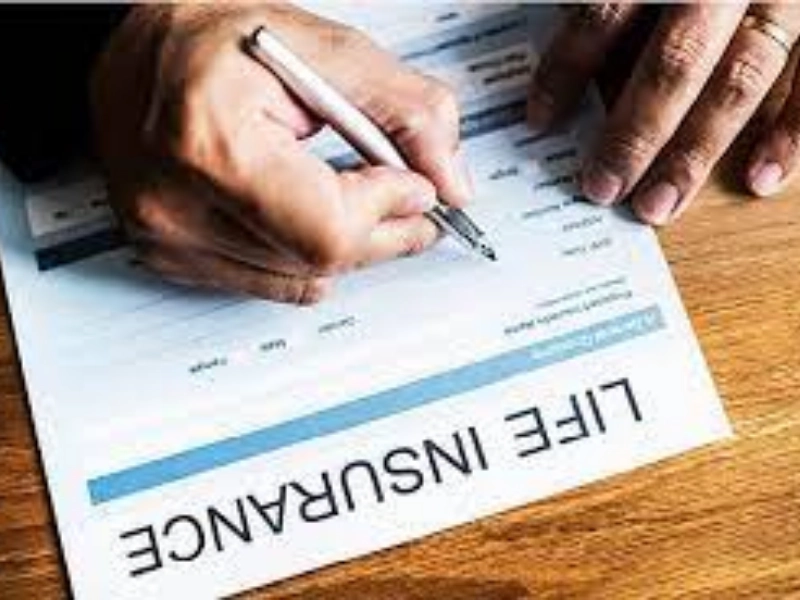Paying Back Your Mortgage Equity Loan
If used properly, home equity loans can be an excellent tool for managing debt. In the end, nonpayment might result in credit harm and force the lender to seize the asset. The loan duration is an important consideration because it affects both the overall cost and monthly installments. At RenoFi, we're dedicated to assisting you in deciphering these subtleties so you can make decisions that advance your financial objectives.
Finalizing the Loan Payment
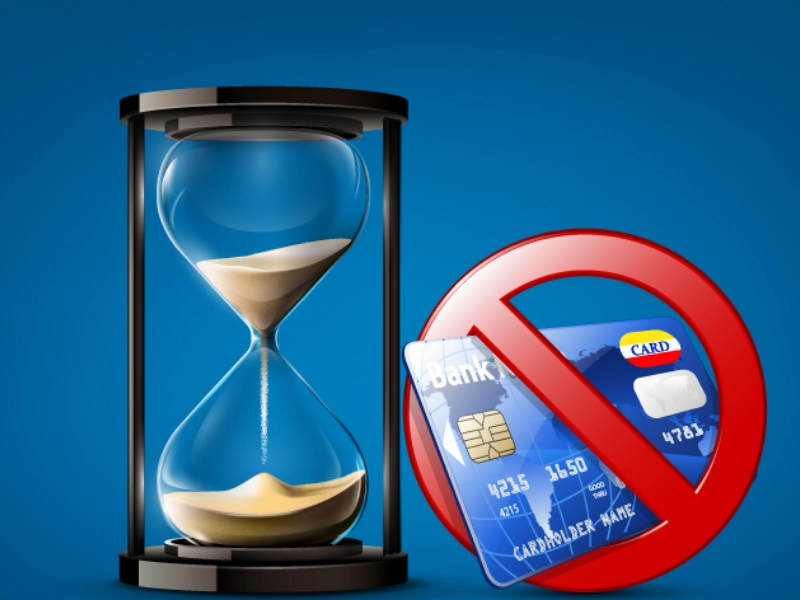
Making partial loan payments to pay off the loan
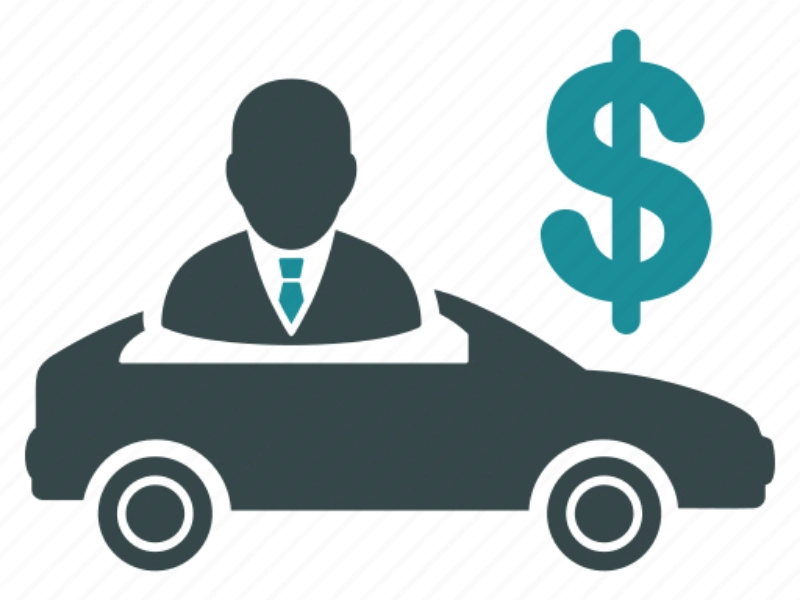 A set monthly payment and potential tax deductions are two benefits of home equity loans. They do, however, come with closing expenses and entail putting your house in danger. Your credit score may suffer if you don't make your payments on time, and foreclosure may result.
You can reduce your interest costs and increase the value of your home by refinancing your home equity loan. But it's crucial to think about how it will affect your long-term objectives and financial flexibility.
Although it's always a good idea to double-check, most lenders do not impose an early payoff penalty on home equity loans, which normally have a defined repayment duration. When it comes time to pay off your loan, you have the option of reducing the amount that accrues interest on the principal by making recurring payments or choosing a lump-sum payout. These payments can also be combined with additional money received from bonuses or tax returns.
A set monthly payment and potential tax deductions are two benefits of home equity loans. They do, however, come with closing expenses and entail putting your house in danger. Your credit score may suffer if you don't make your payments on time, and foreclosure may result.
You can reduce your interest costs and increase the value of your home by refinancing your home equity loan. But it's crucial to think about how it will affect your long-term objectives and financial flexibility.
Although it's always a good idea to double-check, most lenders do not impose an early payoff penalty on home equity loans, which normally have a defined repayment duration. When it comes time to pay off your loan, you have the option of reducing the amount that accrues interest on the principal by making recurring payments or choosing a lump-sum payout. These payments can also be combined with additional money received from bonuses or tax returns.
Making Multiple Loan Payments to Repay the Debt
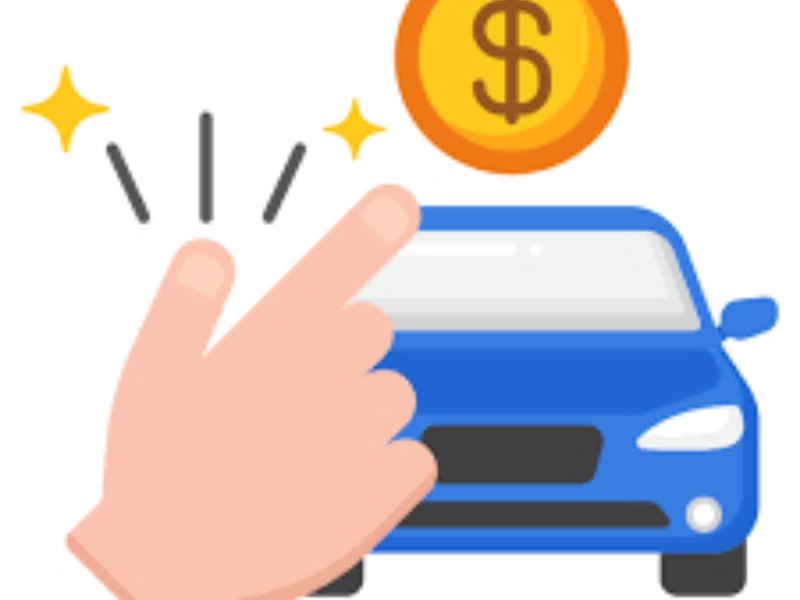 Second mortgages, also referred to as home equity loans, provide homeowners with an easy method to borrow money for a variety of purposes. With a fixed term and monthly payment, they function similarly to the borrower's principal mortgage.
Documentation and a suitable income are usually required by home equity lenders in order to be eligible for a loan. The borrower will get a lump sum after their application is granted, which they can utilize to support projects and achieve other financial objectives.
There are two main phases of home equity lines of credit (HELOCs): the draw period and the repayment term. With a HELOC, borrowers can take out as much money as they want throughout the draw period, which typically lasts for ten years, and pay interest only. To avoid further interest charges, debtors should think about reducing the principle during this period, advises Experian.
Second mortgages, also referred to as home equity loans, provide homeowners with an easy method to borrow money for a variety of purposes. With a fixed term and monthly payment, they function similarly to the borrower's principal mortgage.
Documentation and a suitable income are usually required by home equity lenders in order to be eligible for a loan. The borrower will get a lump sum after their application is granted, which they can utilize to support projects and achieve other financial objectives.
There are two main phases of home equity lines of credit (HELOCs): the draw period and the repayment term. With a HELOC, borrowers can take out as much money as they want throughout the draw period, which typically lasts for ten years, and pay interest only. To avoid further interest charges, debtors should think about reducing the principle during this period, advises Experian.
Making Monthly Payments to Repay the Loan
 The equity that borrowers have accrued in their primary house can be accessed through cash-out refinances, lines of credit, and home equity loans. After that, they can use this equity to pay off debt, cover costs, or get through a difficult financial period. Like regular mortgages, these loans usually have a fixed duration and fixed interest rate. On the other hand, in the event that the mortgage is not paid, they will forfeit the borrower's belongings as collateral.
To ascertain whether the borrower can repay the loan, the lender looks at their income, debt-to-income ratio, and credit. In order to prevent foreclosure, they often need an adequate and steady source of income, and they could also need supporting evidence such as tax records and pay stubs. After closing, the loan monies are disbursed in full once they have been approved. In order to reduce future interest expenses, lenders frequently demand that homeowners start making principal payments during a draw period, which typically lasts five to ten years.
The equity that borrowers have accrued in their primary house can be accessed through cash-out refinances, lines of credit, and home equity loans. After that, they can use this equity to pay off debt, cover costs, or get through a difficult financial period. Like regular mortgages, these loans usually have a fixed duration and fixed interest rate. On the other hand, in the event that the mortgage is not paid, they will forfeit the borrower's belongings as collateral.
To ascertain whether the borrower can repay the loan, the lender looks at their income, debt-to-income ratio, and credit. In order to prevent foreclosure, they often need an adequate and steady source of income, and they could also need supporting evidence such as tax records and pay stubs. After closing, the loan monies are disbursed in full once they have been approved. In order to reduce future interest expenses, lenders frequently demand that homeowners start making principal payments during a draw period, which typically lasts five to ten years.

